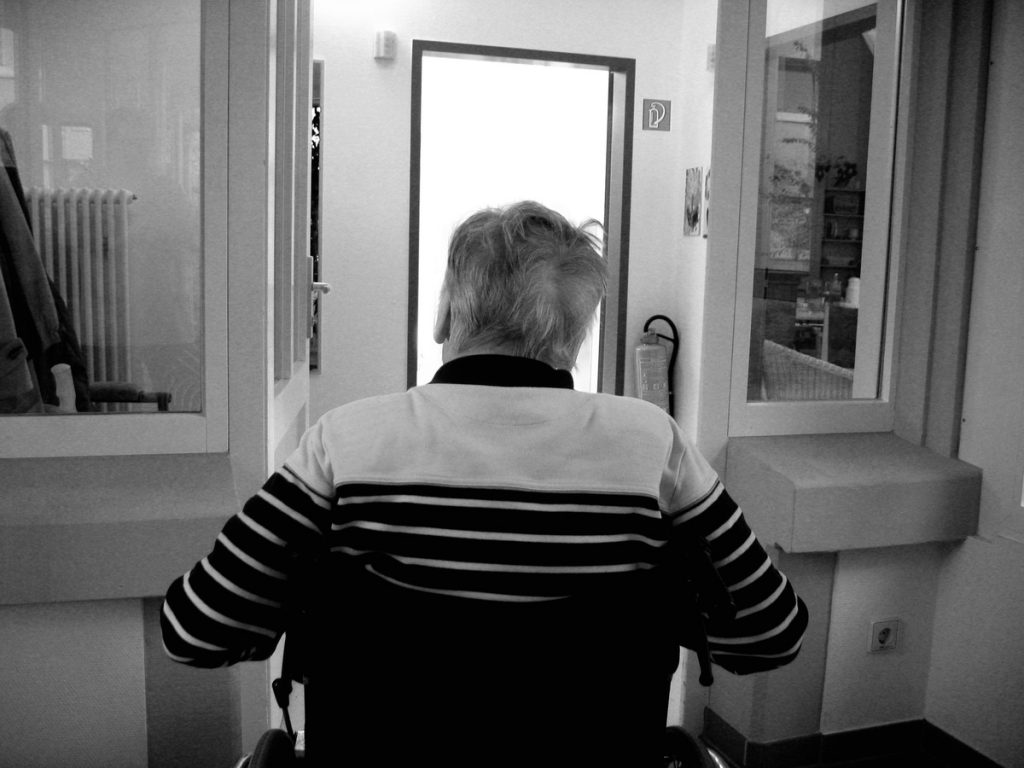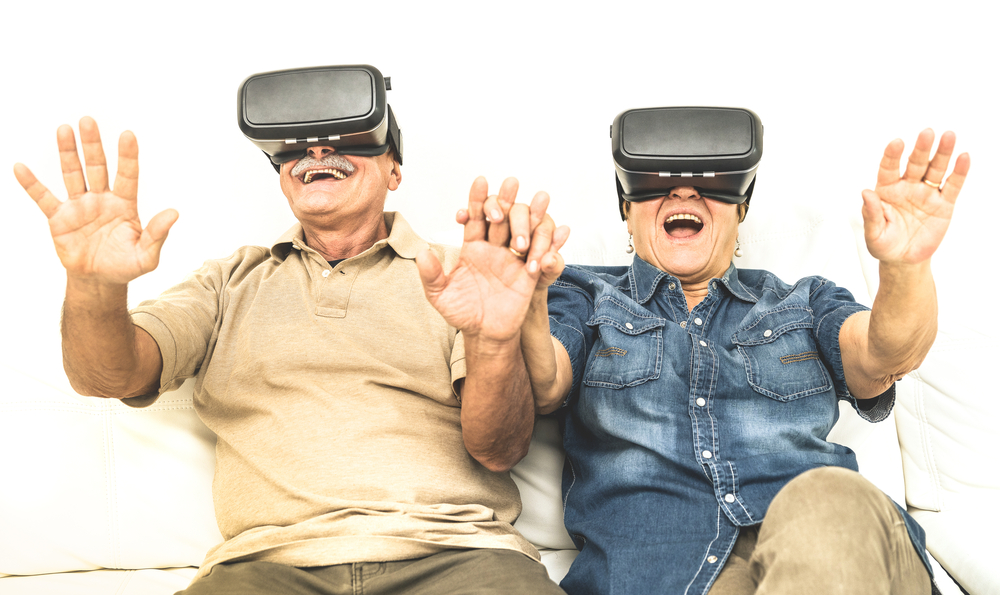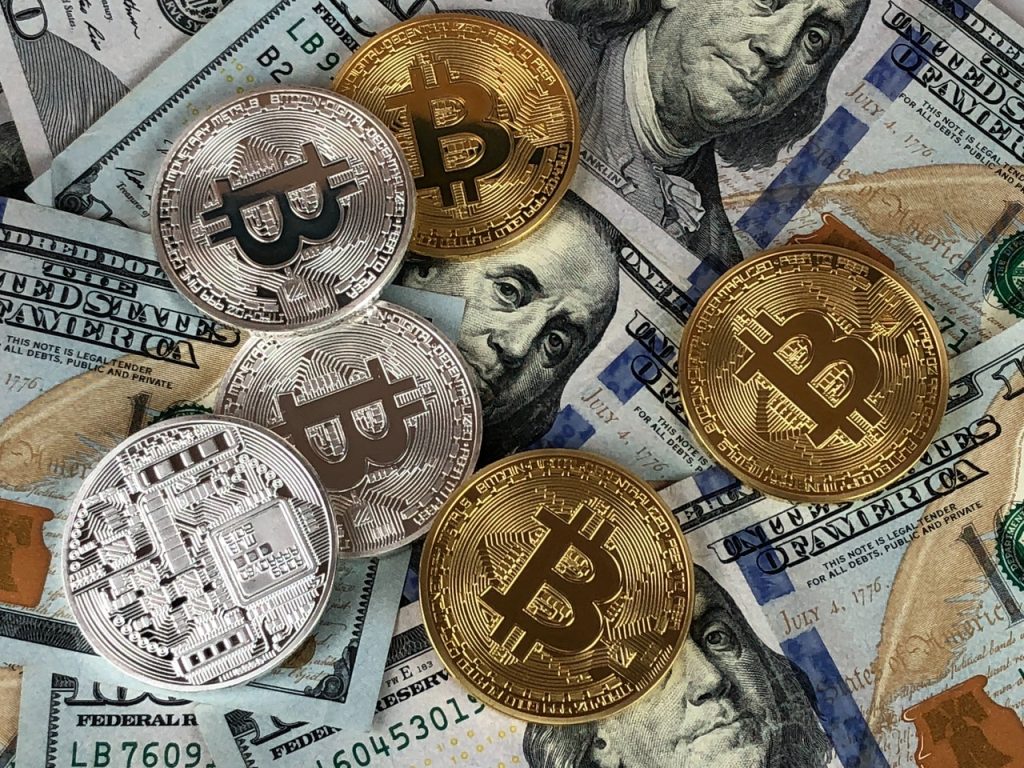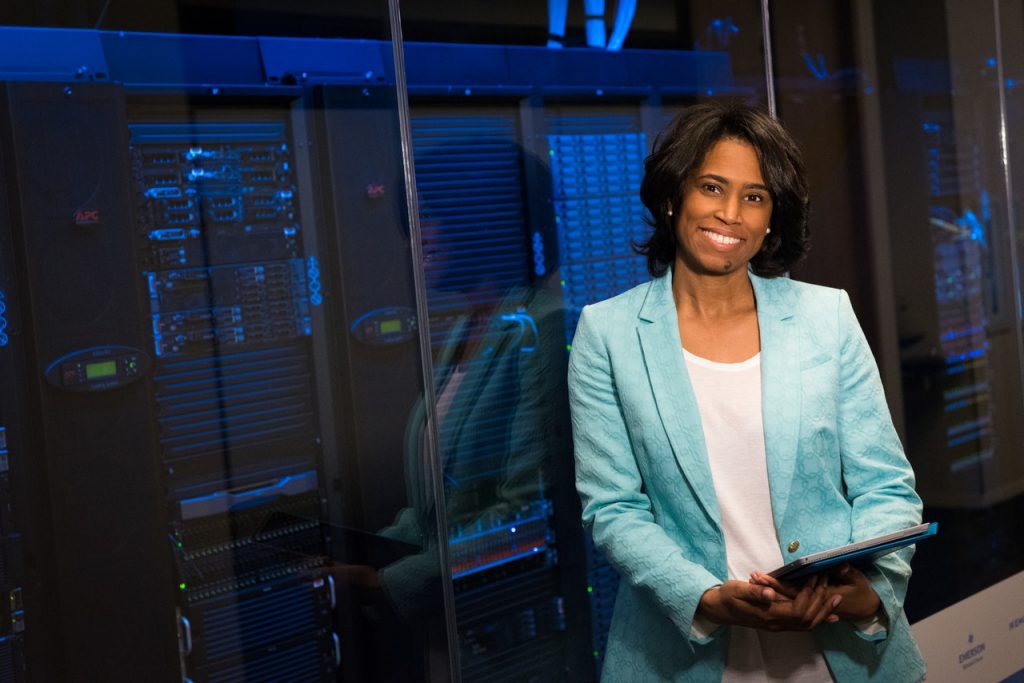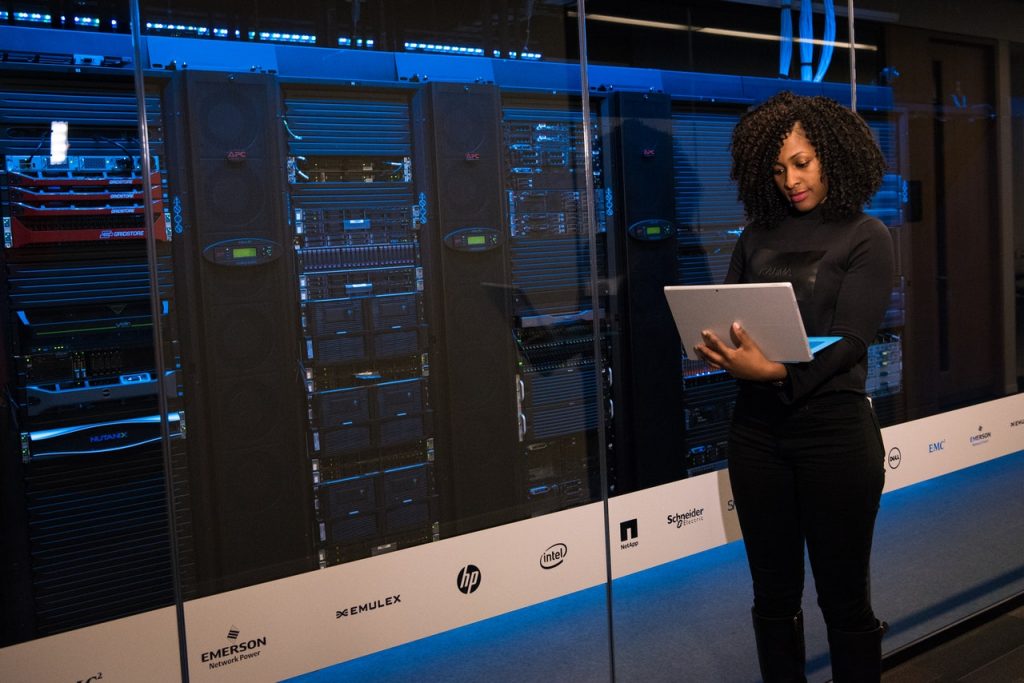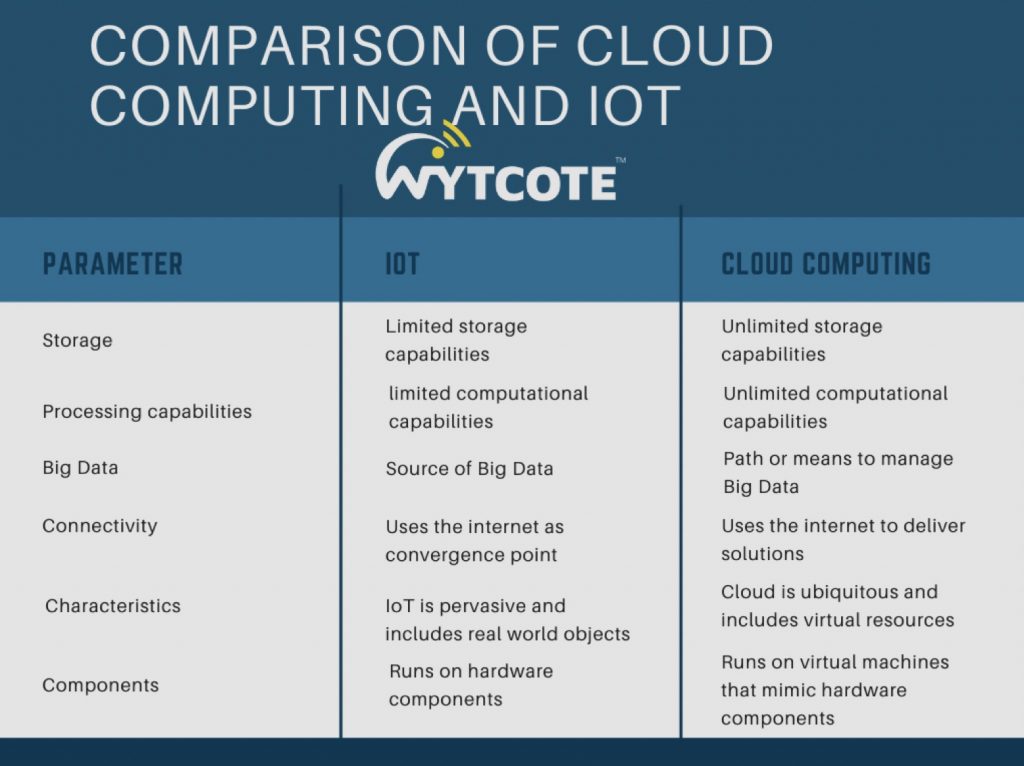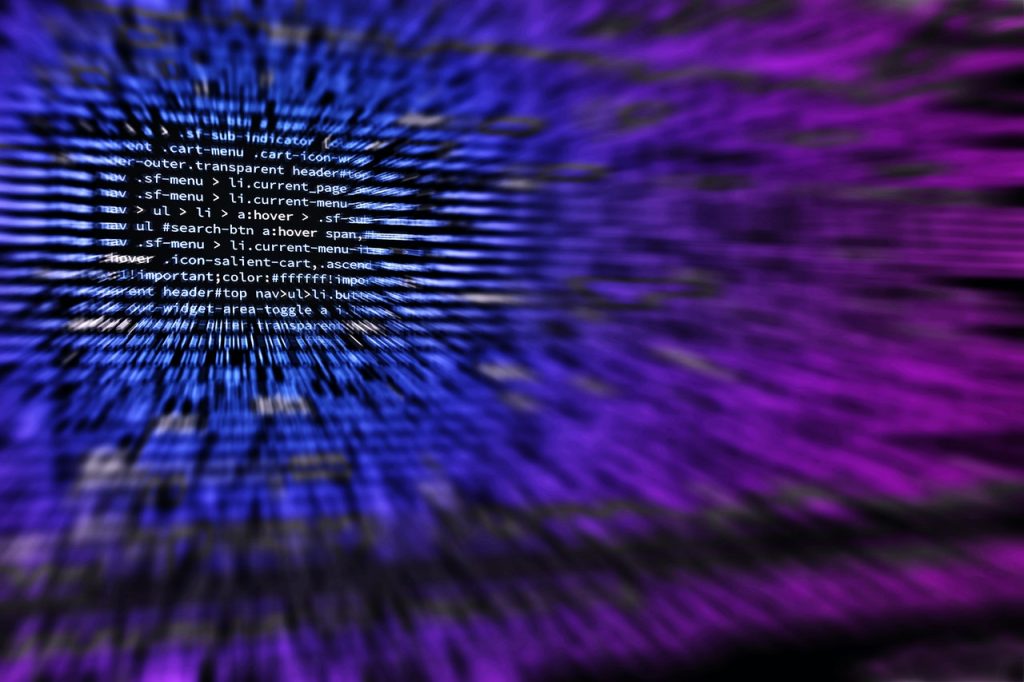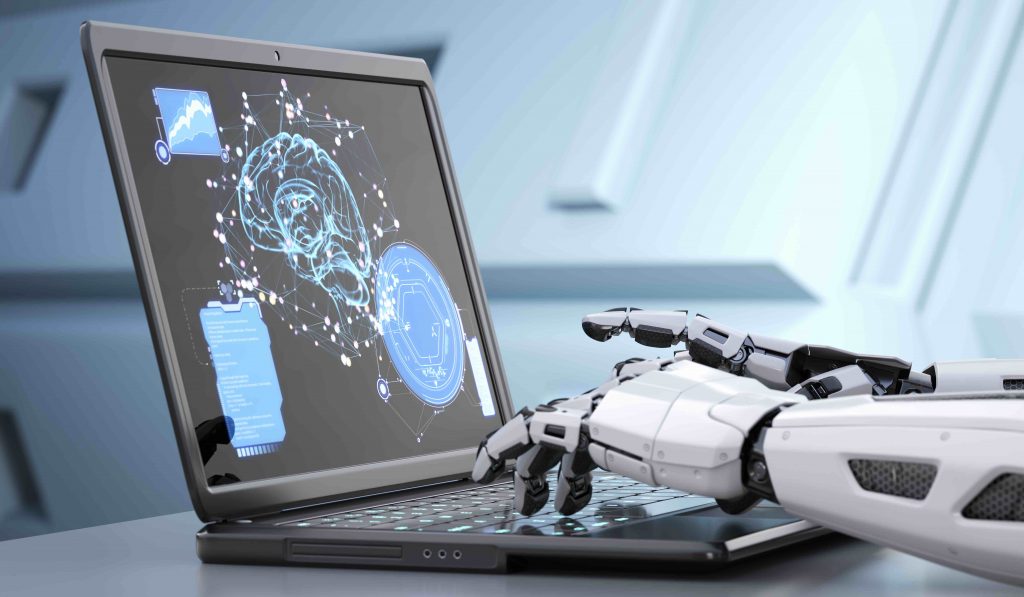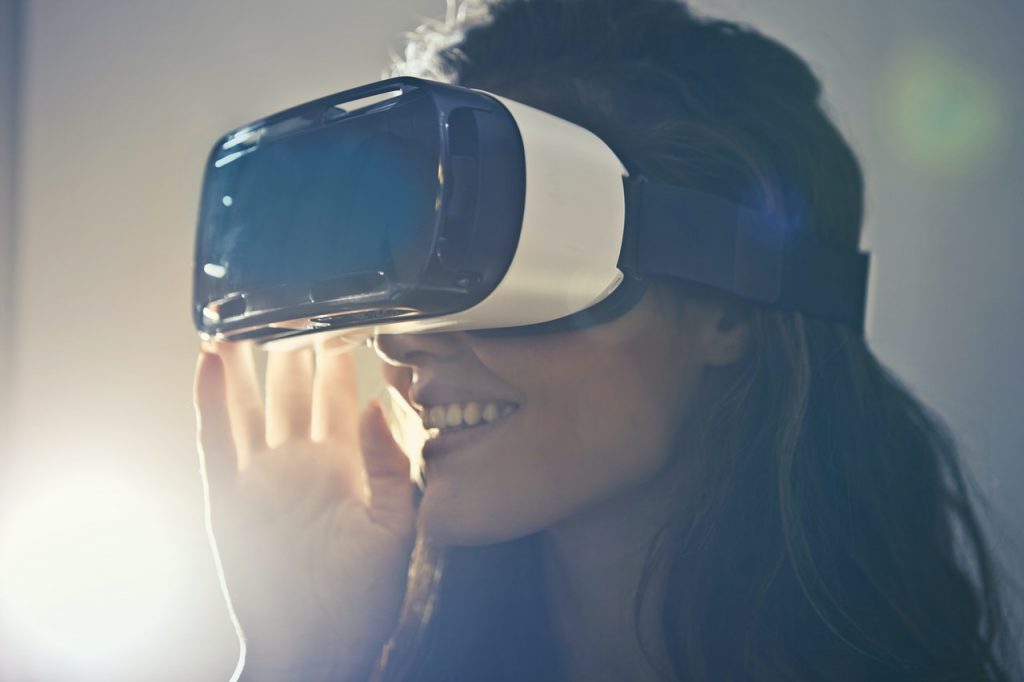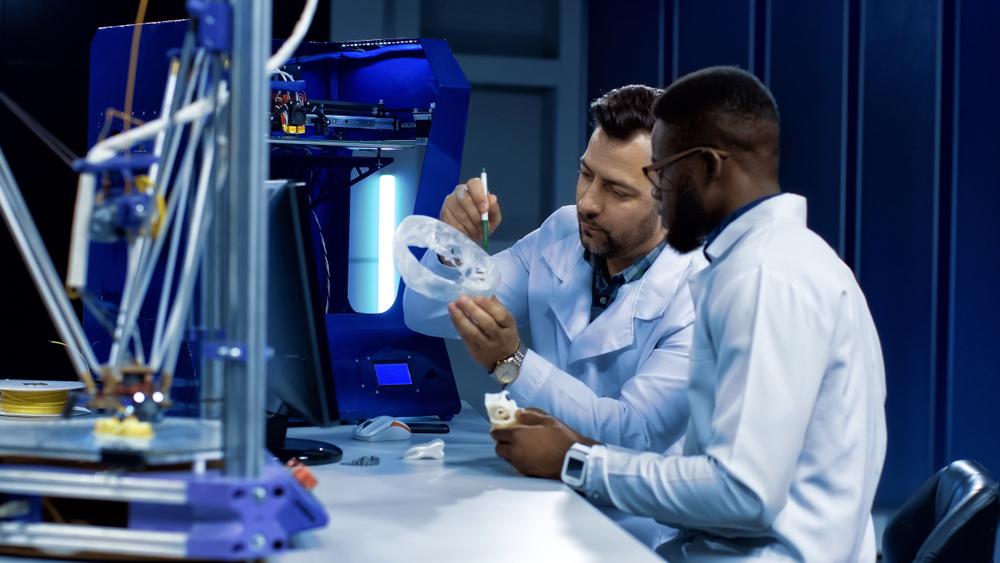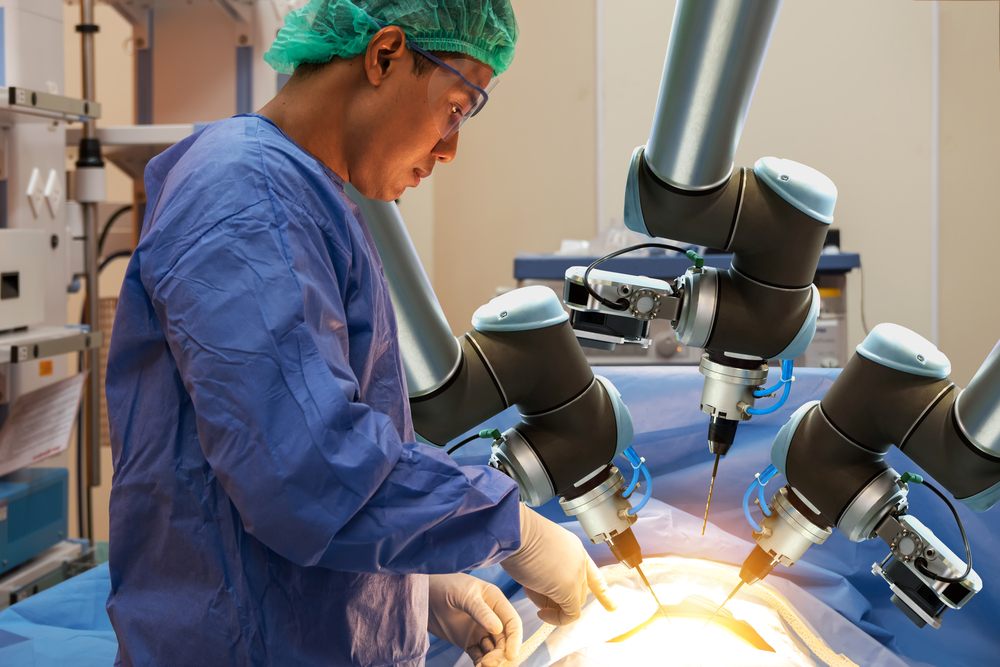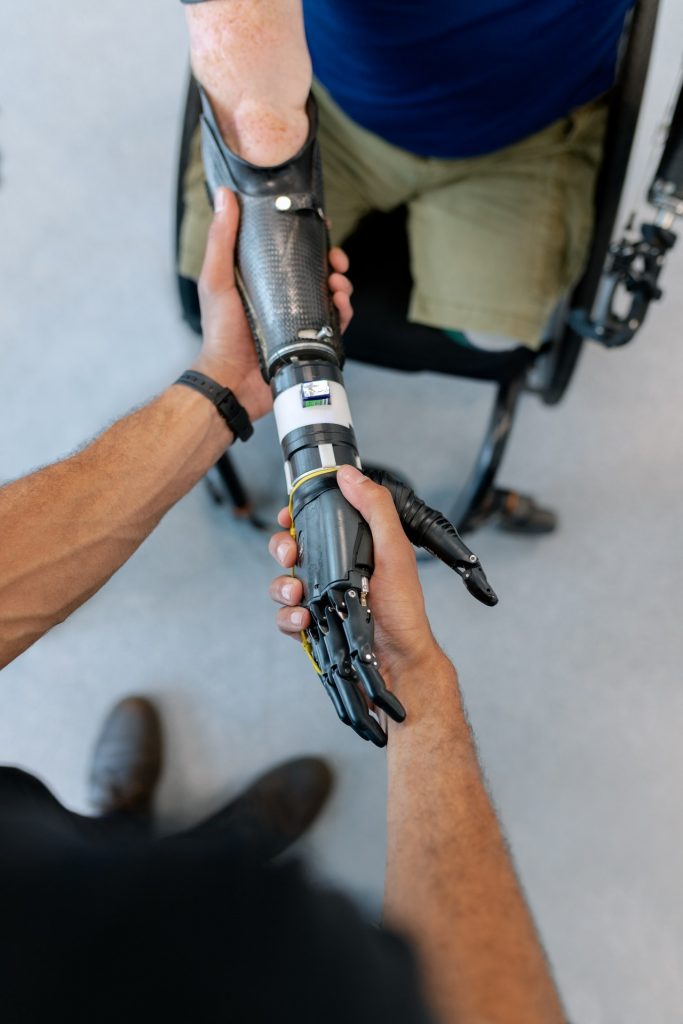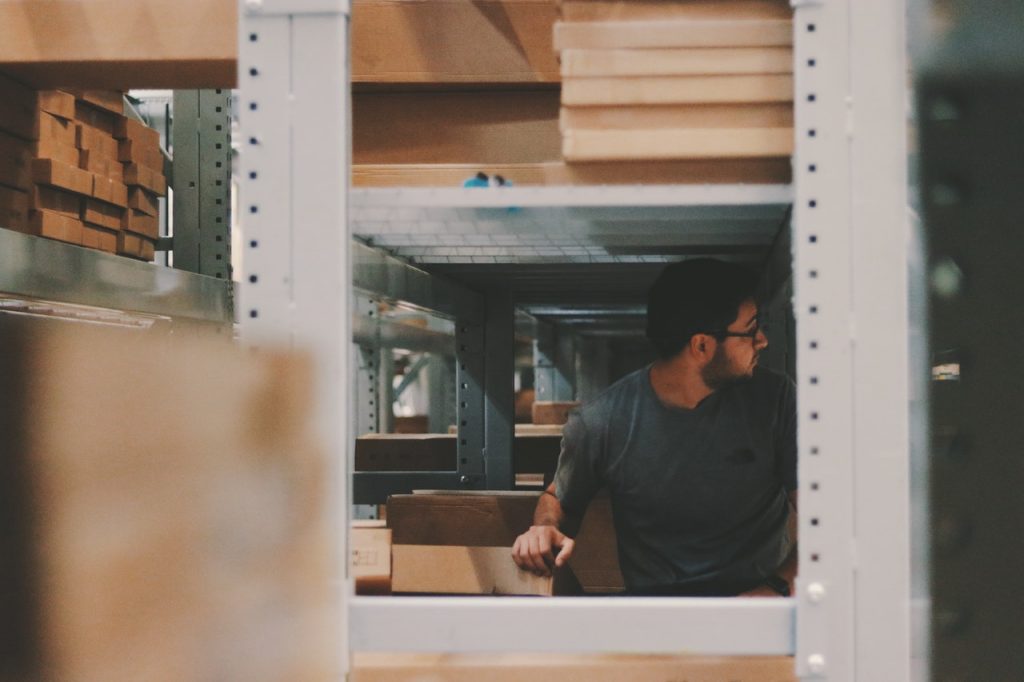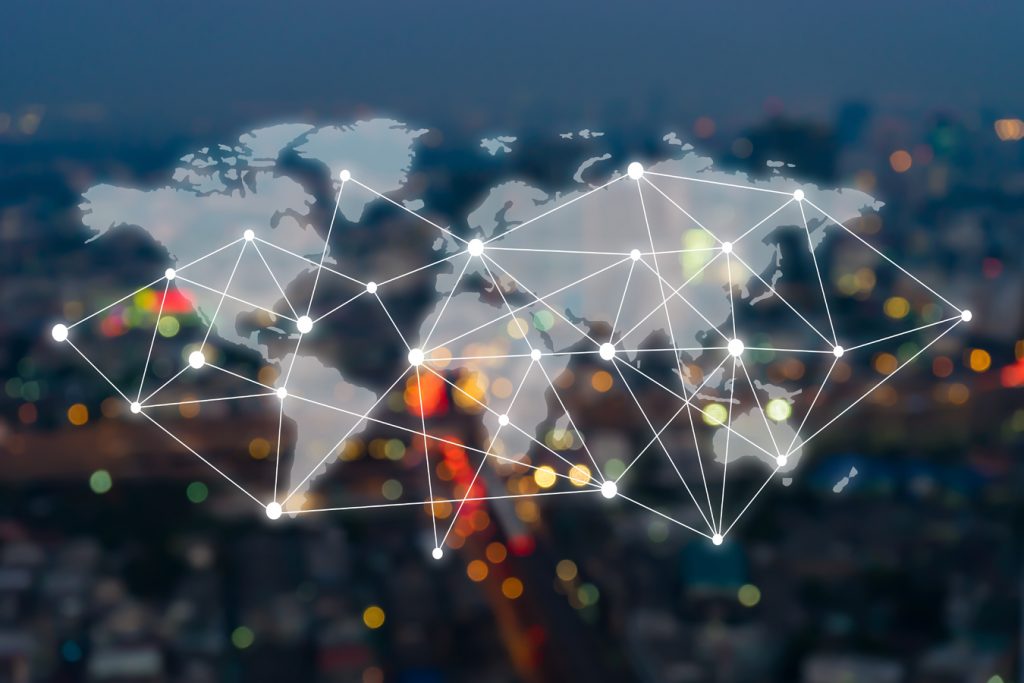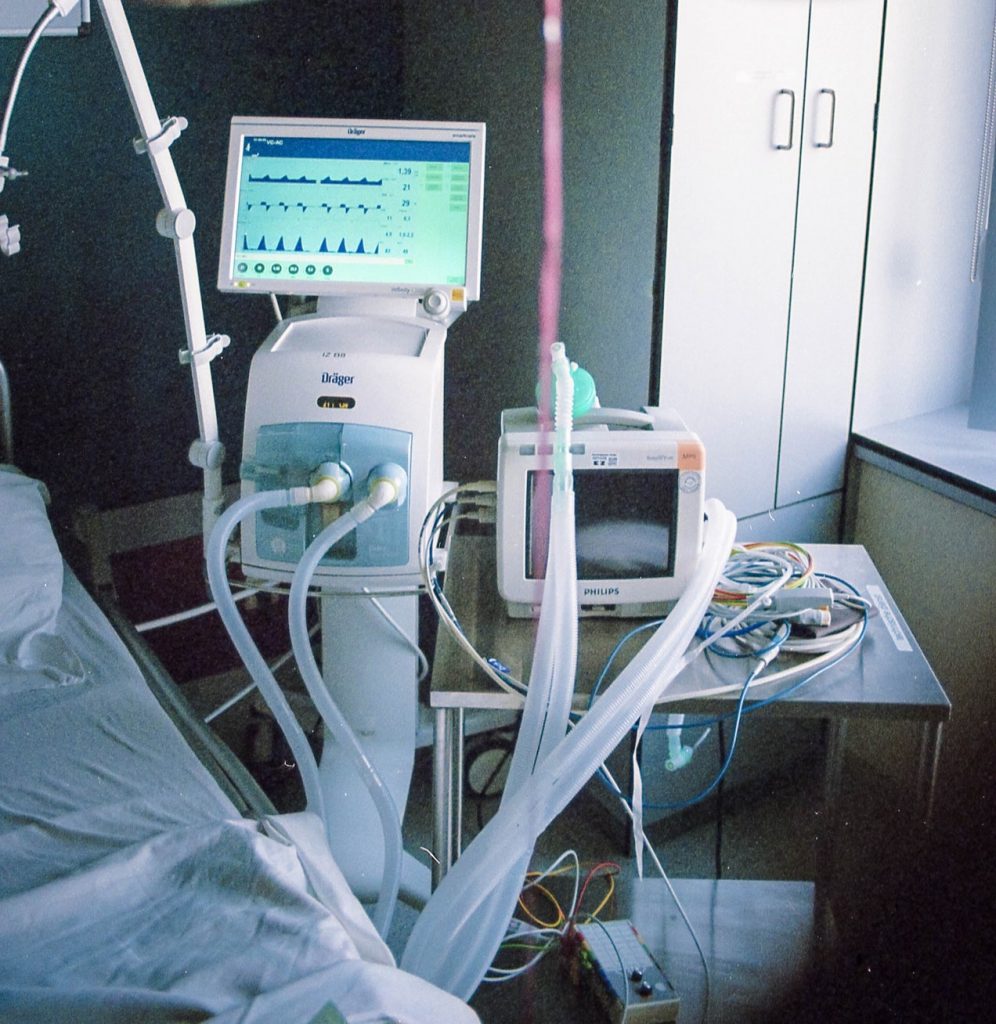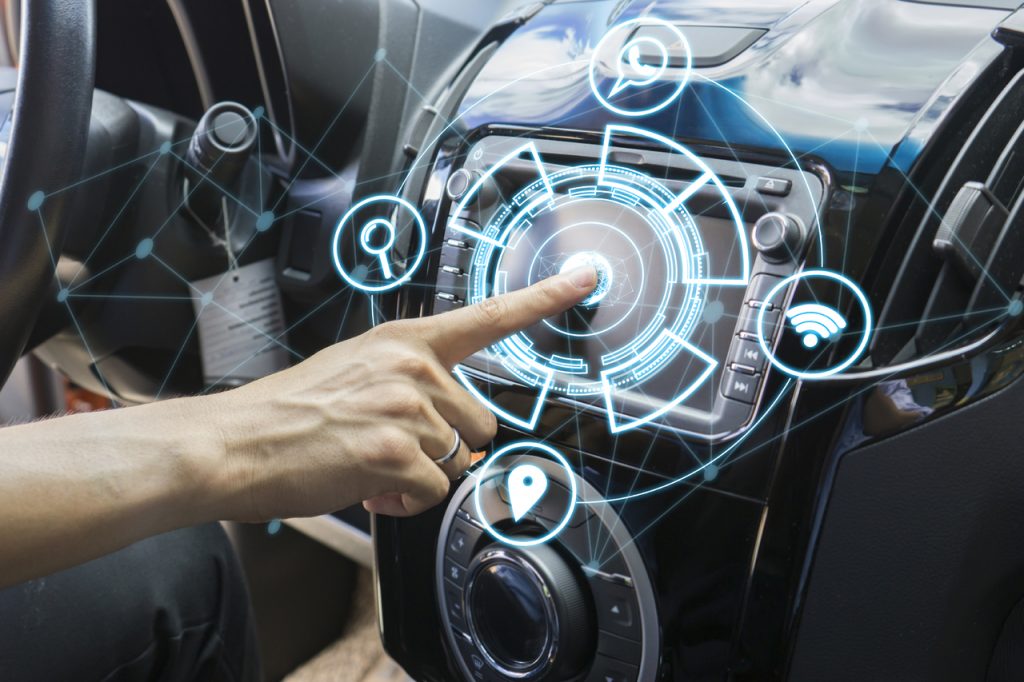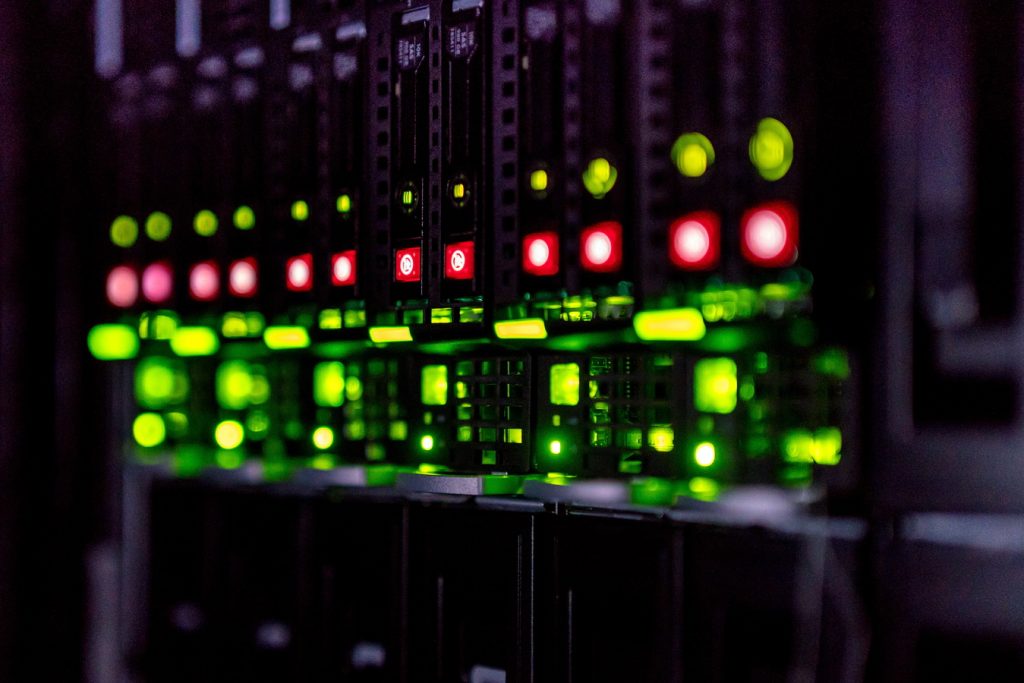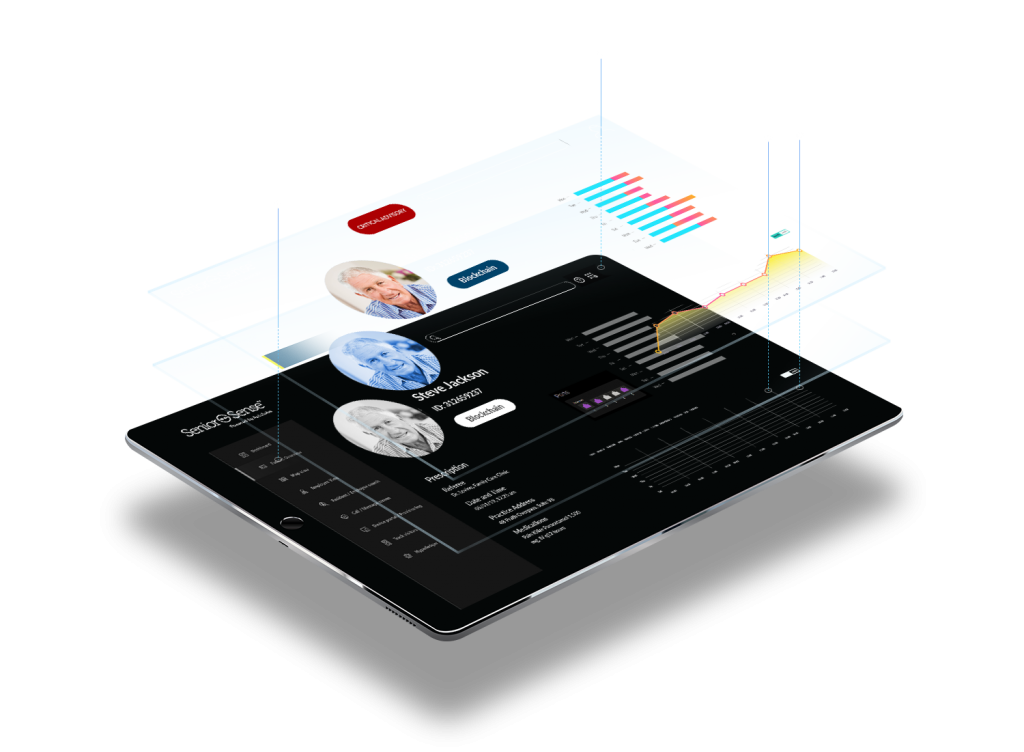Can Blockchain Technology Be Used For Things Other Than Cryptocurrency?
Cryptocurrency is perhaps the most publicized use for blockchain technology. Perhaps this is why most people assume that cryptocurrency and blockchain are the same. In this article, we will show you that blockchain can be used for more than just finance and banking. This exciting, new technology has a wide array of applications that extend far beyond the implementation of digital currencies.
Cryptocurrencies, like Bitcoin and others, merely use the blocks on the blockchain as a means to transparently and securely record a ledger of payments. Blockchain can also be used as a secure way of keeping data about other types of transactions.
In theory, people across various industries can use blockchain to store different data points immutably. This could be in the form of votes in an election, financial transactions, titles to properties, product inventories, and much more.
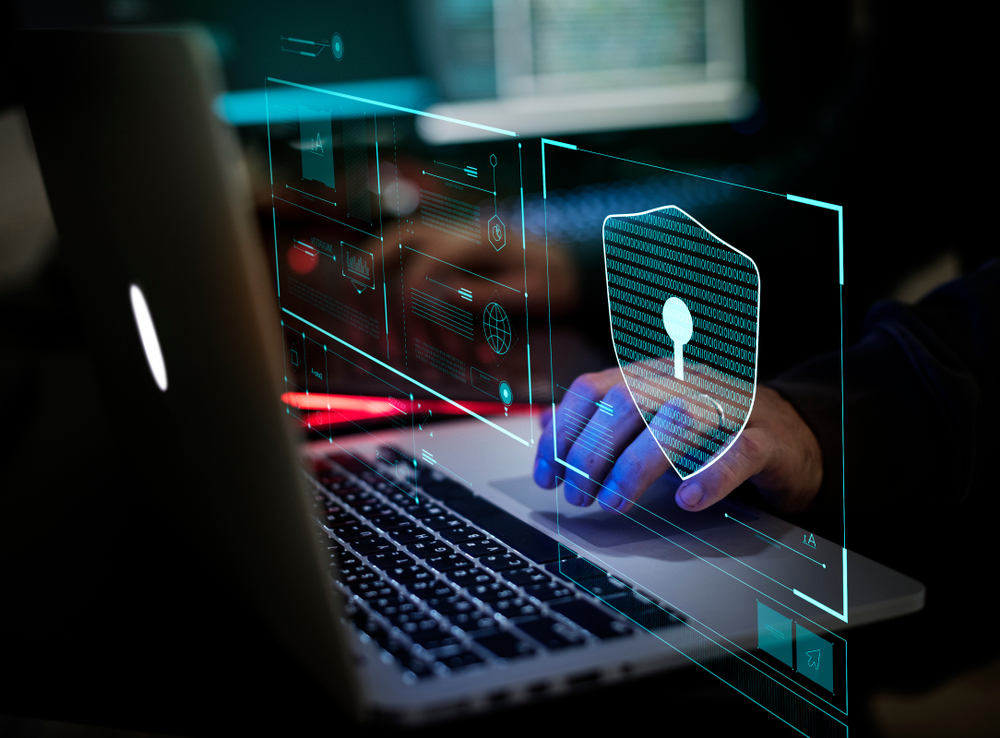
This explains blockchain’s wide adoption in vast industries like healthcare, supply chain, cloud storage and so on. We'll expound on these and other applications of blockchain in this article. But first, let's look at the technology, as it relates to cryptocurrency.
Cryptocurrencies and Blockchain
While people use cryptocurrency and blockchain interchangeably, these two aren't the same thing. Bitcoin was the first example of blockchain in action when it was introduced as an open-source code.
Cryptocurrencies serve as an exchange medium. They are a disruptive fintech designed to make international transactions secure, faster, and easier, by putting control straight into the concerned parties' hands. These digital assets use cryptography and proof-of-work to create global currencies, secure transactions, control rate issues, all while removing aspects of government control.
The immutable, decentralized feature has fueled blockchain's adoption beyond its original use of supporting Bitcoin transactions. Here's how blockchain technology can be used for things other than cryptocurrency.
Blockchain Uses in Monitoring Supply Chain Data
The supply chain industry is challenged with enormous complexity, utilizing vast amounts of data. Information is often fragmented, inconsistently formatted, making it difficult to access or analyze. Blockchain technology seeks to address these and many other challenges.
Blockchain integration in the supply chain allows businesses to record a wide range of information effectively from date, price, location, certification, quality and other forms of critical data. This enables a more accurate and transparent end-to-end monitoring. It can also reduce disputes, as well as blockages of assets throughout the entire supply chain. By eliminating paper-based trails, companies can quickly identify inefficiencies and locate the assets in real-time.
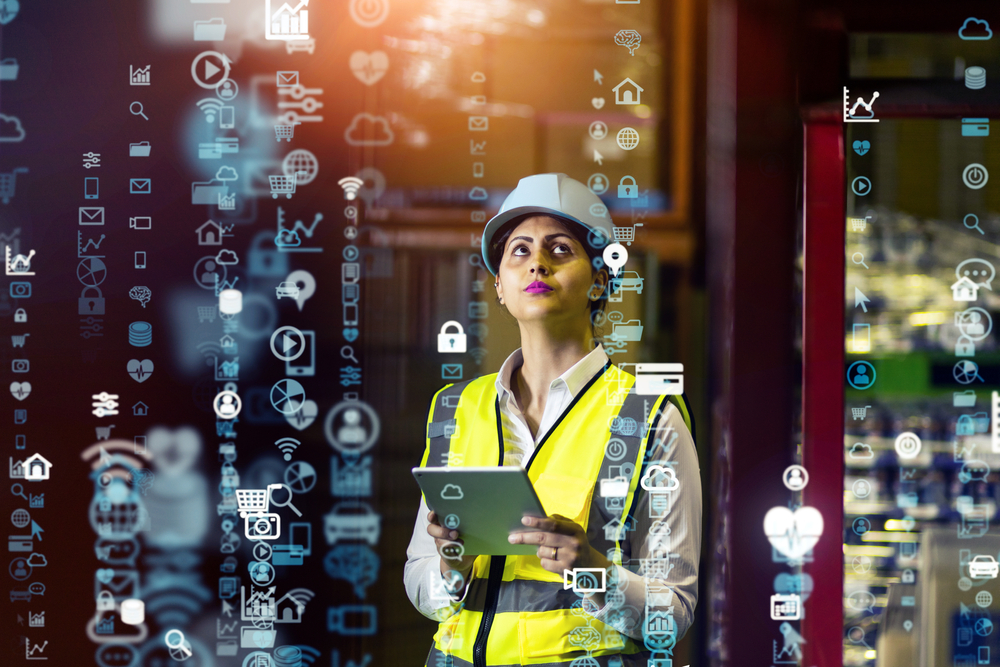
Most companies agree that one of the biggest benefits of using blockchain technology for supply chain management is cost reduction. The ability to use real-time tracking in supply chain management proves to be one of the largest sources of cost-reduction.
Plus, there are other incredible benefits such as increasing automation through smart contracts, the provenance of tracking, scalability, and security.
Blockchain Uses In the Internet of Things (IoT) Systems
IoT is changing the way businesses run through the use of sensors and other edge infrastructure and devices. While a great thing, this poses a unique challenge for companies that have to protect data at all levels of the IoT environment. And with the ever-growing number of connected IoT devices, the need for data security has never been this complex. Blockchain technology is helping businesses resolve the security challenges in their IoT systems.
Blockchain combines with IoT to facilitate the machine-to-machine transaction. This blend also provides a range of potential benefits, like allowing smart devices to run autonomously without a centralized authority. It can also monitor how IoT devices send and receive information. The distributed ledger technology with IoT applies in automotive, agriculture, and banking sectors while, also, extending to smart homes, logistics and smart contracts. Blockchain application allows businesses to manage information on smart devices in an IoT system. This lowers costs linked to data transfer and IoT device maintenance.
Blockchain Uses in Smart Contracts
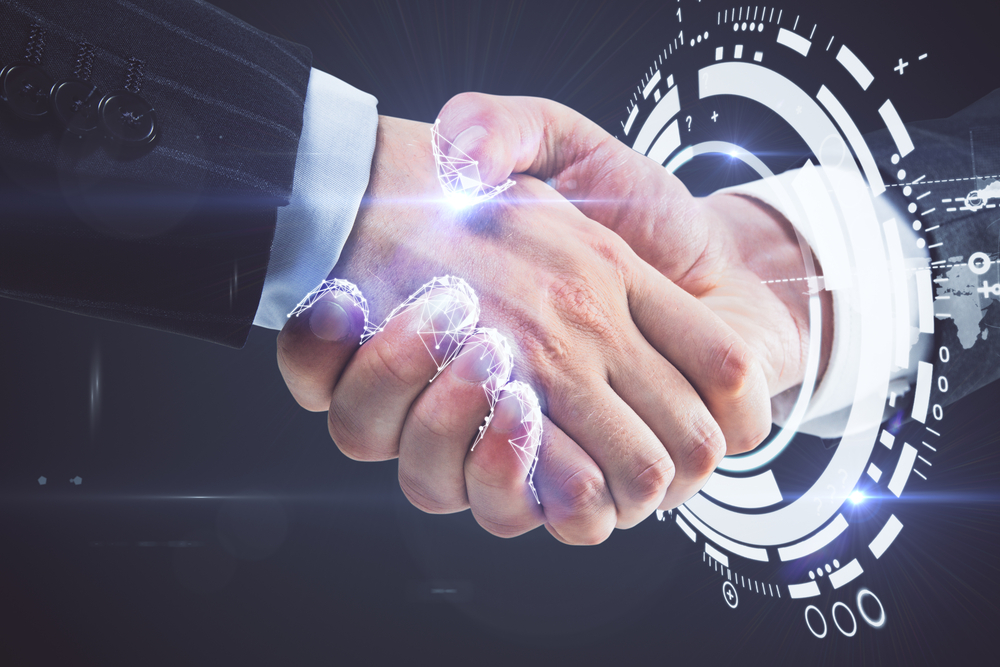
A smart contract is a transaction protocol or computer program meant to automatically execute, document, or control legally relevant actions and events, as per the terms of an agreement or contract. It aims at reducing the need for external enforcement or a central entity as well as fraud losses.
Smart contracts use blockchain to capture, verify, approve and enforce agreements between parties. Blockchain-based smart contracts are irreversible, traceable, and transparent transactions. They are immutable, secure, and exist across a distributed blockchain network. Once recorded, it becomes impossible to change, delete or lose an agreement. The uses of smart contracts are vast, but they are common in property ownership and cross-border financial transactions. Other uses include: monitoring origin and the path of goods, banking and credit card services, among others.
Blockchain Uses in Cloud Storage
Dropbox, Google Drive, Gmail are great examples of cloud storage. Many companies are using these and other premium cloud storage services to streamline their operations. Data in the cloud is easy to access, edit and share. It also cuts out the need for physical storage and security.
Blockchain applied to cloud storage breaks down user data into small chunks and adds an extra layer of security before distributing it across the network. This is thanks to its features like transaction ledgers, private/public key encryption, and hashing function. Blockchain stores these chunks of data in a decentralized location. So, when hackers try to access the data, they’ll find encrypted data that’s only in parts. They will never be able to access the entire file.
Blockchain Technology in Healthcare
There are vast applications of blockchain in healthcare. Uses include protecting healthcare data, point-of-care genomics management, managing electronic medical record data, electronics, and personal health record data management.
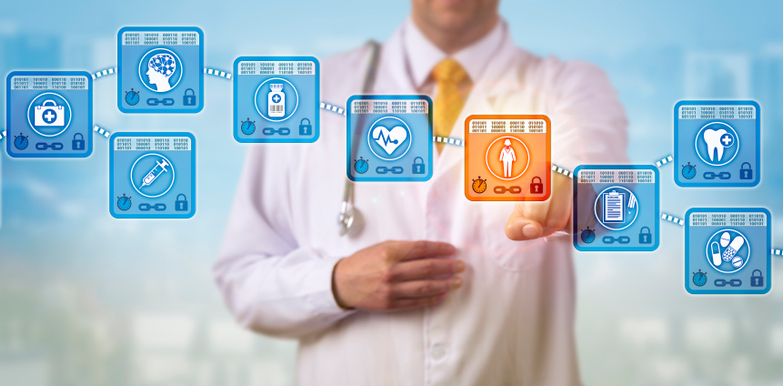
Specific applications of blockchain in healthcare include:
· Research
· Collecting data
· Interoperable electronic health records
· Mobile health apps and remote monitoring
· Tracking outbreaks and diseases
· Safeguarding genomics
· Health insurance claims
· Tracing and securing medical supplies
· Data security
Blockchain Uses in Privacy and Security of Chats and Media
Media companies are now adopting blockchain to secure intellectual property rights of content, minimize costs and eliminate fraud. Blockchain in Media and Entertainment Market report 2021 by MarketWatch reveals that the sector will reach USD 1.54 billion by 2024. Messenger services are also not left behind. With billions of devices and users, there's an inherent danger of hacks, social engineering, and so on. Blockchain technology prevents identity theft, fraud, and data tampering while also protecting critical infrastructure.
With over 30 years of experience, PJ has helped build the brands of many Fortune 500 companies. He is an Emmy nominated producer, an author, and certified in Digital Marketing Analytics by MIT.
